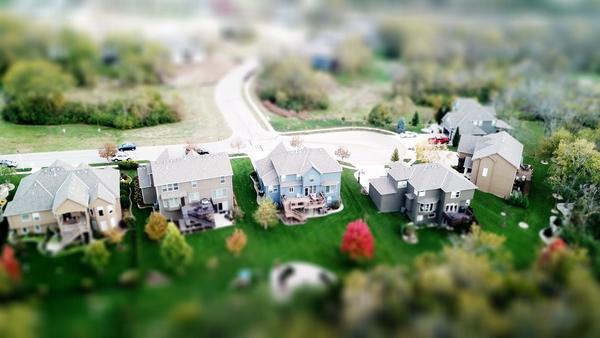Telehealth, also known as telemedicine, has a lot to offer rural regions, but connectivity issues are still getting in the way of the technology's ability to reach its full potential in the U.S.
Despite the hurdles, telehealth is expanding care and specialist options to those who live outside of major metropolitan areas. A new study by the University of Iowa, for example, found that the use of telehealth tech has helped reduce emergency room wait times for patients in rural hospitals by six minutes.
"Telemedicine decreases ED door-to-provider time, most commonly because the telemedicine provider was the first provider seeing a patient," concluded the authors of the report, which focused on 14 rural hospitals with emergency department telehealth programs. The report also found that length of stay for patients first seen by telehealth providers was an average of 22 minutes shorter.
Cheaper technology options mean that healthcare organizations, such as Mercy Clinic Family Medicine in St. Robert, Missouri, can reach out to patients -- who may not otherwise be able to make it to the facility -- via the patients' computers, tablets or smartphones.
"When we first started doing telemedicine, the local rural clinics had to have some very expensive videoconferencing equipment," Karen Edison, the medical director of the Missouri Telehealth Network, told the Columbia Missourian. "Today, we use our regular computers. You don't need to have anything special besides ... broadband access to make that secure and high quality."
But oftentimes, that broadband access does pose a problem for healthcare organizations looking to reach rural patients.
"We still have rural areas in Missouri that don't have high-quality broadband access, and this is a problem all over the country in rural areas but especially in the frontier areas of our country," said Edison.
Broadband Gaps, Buy-In Prevent Remote Telehealth Growth
Many rural healthcare organizations may not have the connectivity necessary to tackle their growing healthcare needs, Bryan Fiekers, senior director of research services at HIMSS Analytics, said during a webinar last month that outlined a HIMSS Analytics study on the impact of rural connectivity issues in telehealth.
"We are asking hospitals to do more and more and the data needs are changing all the time. And there's more and more frequency with which these needs are changing as we move forward," said Fiekers, who is also the primary author on the study. "This is especially challenging for rural hospitals who, in many ways, are more focused on keeping the doors open than on anything else."
What's causing this connectivity gap?
According to the study, a lack of competition to offer fiber to rural areas often means that the quality lags behind urban areas.
"If you need access and you can't get it for some reason, not only has [employing technology] not been helpful, it's been hurtful," said Fiekers. "What good is a digital record if you lose access to your [electronic health records] intermittently?"
This is exacerbated by the fact that clinicians and healthcare staff are already on a time crunch and often don't have the time to wait out slow or frustrating technology.
"They are running around trying to make sure their patients get the best care, and if they are impeded, they will quickly revert back to their old way of doing things," Fiekers said.
Telehealth Programs Can Drive Better Broadband
So, what can providers or industry do to ensure broadband will be able to carry rural healthcare organizations through the next phase of health IT?
There are lots of options on the table at the moment. Connect Americans Now, a consortium of businesses, including Microsoft, and advocacy organizations, are proposing to work with the Federal Communications Commission "to ensure that there is sufficient unlicensed low-band spectrum in every market in the country to enable broadband connectivity," via TV white spaces spectrum, or unused broadcasting frequencies in the wireless spectrum, mHealthIntelligence reports.
Microsoft has even included TV white spaces spectrum in its latest five-year plan, with the aim to connect 23.4 million rural Americans across the country.
"Greater broadband connection for larger rural healthcare providers would lessen the demand for more bandwidth, which in turn would lower costs, resulting in more resources to be reinvested in patient care. Currently, these rural healthcare providers pay up to three times as much for broadband as their urban counterparts, and many times these providers forgo broadband altogether," Microsoft announced in its white paper laying out the plan, released last year.
Meanwhile, the FCC recently proposed raising its broadband spending limits in order to promote rural telemedicine. In the meantime, by adopting telemedicine programs, providers are actually driving better connectivity in these regions.
"Telemedicine is having a pretty significant impact on the organization's strategy to improve connectivity," said Fiekers. "With the goal of improving patient and physician satisfaction, allowing faster access to specialists [through telemedicine] is key to help keep those patients healthy and reduce costs."
Source: Health Tech (View full article)
Posted by Dan Corcoran on January 18, 2018 12:39 PM



Post a comment